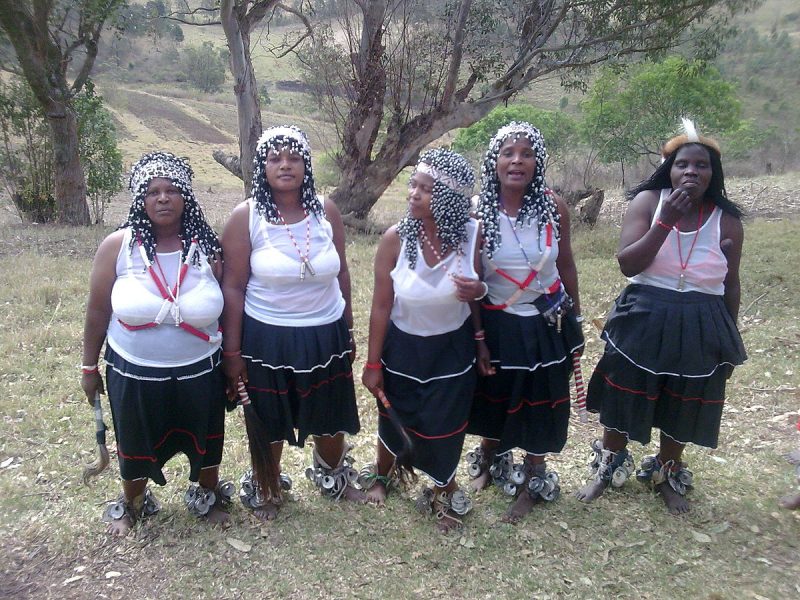The following essay is adapted from a speech Greg Tate delivered at SAVVY Contemporary in Berlin, for their 2016 conference on Afro futurism.
I.
We are gathered here tonight to reflect upon all the rhymers and the diviners, the soothsayers and the healers, the shamans and the sangomas, the tricksters and the players, the snake hips and the money grips and all those who captivate with painted lips and swiveling gluteus maximuses. Tonight is for the Little Richards and the James Browns, the Jimis and the Slys, the Superflys, the Slick Ricks and the Wicked, the Goodnight Beloved Princes and all those who need only one of their three eyes to hypnotize and cast spells on the preterites, the proles, the hoi polloi, the Hoteps, the Five Percenters, and those damned non-melanated ’85ers.
So Black Grrl Magic is on the agenda tonight for sure. But we also want to recognize all those of Triple Goddess Incarnation and Persuasion who occupy the imaginations of those who preceded us. Which is to say we want to flip a throwback nod to Mama Frau Holle, the mother goddess of Germanic folklore. She who counts among her multiple personas that of the Maiden and the Mother and the Crone. Back in the day, Frau was destined to marry Holler, the King of Winter and Frost, and a mad-shady ninja. But before Holler would marry her, he decided to test her gangsta with a riddle.
So one frosty winter Holler sez to our grrl Frau that when she comes to visit him in his domain she gots to come all kindsa WTF, okay? He puts it like this:
“Listen up, Witch: when you roll up on these gates you best understand these four things: I want you to come neither naked nor clothed; I need you to come neither riding nor walking; don’t come alone or with companions; and don’t even think about showing up on my doorstep in daylight or in darkness.’’
So Frau Holle gave this fool the classic universal side-eye like, “Ummm hmm, I see what game yo stankbutt wanna play, Holler.’’
Whereupon Frau arrived at twilight wrapped in a fishing net, sitting on a donkey with one toe dragging on the ground, surrounded by twenty-four wolves.
Give it up for Frau Holle.
In her Mother persona, Holle is said to appear as a woman from the front and a tree from the back. In this way, she represents both fertility and nature. She also, in this regard, would look exactly like the thirteen-foot sculpture of the freedom fighter Harriet Tubman that we Harlemites routinely dig high-stepping away from the police precinct on...
You have reached your article limit
Sign up for a digital subscription and continue reading all new issues, plus our entire archives, for just $1.50/month.
Already a subscriber? Sign in





